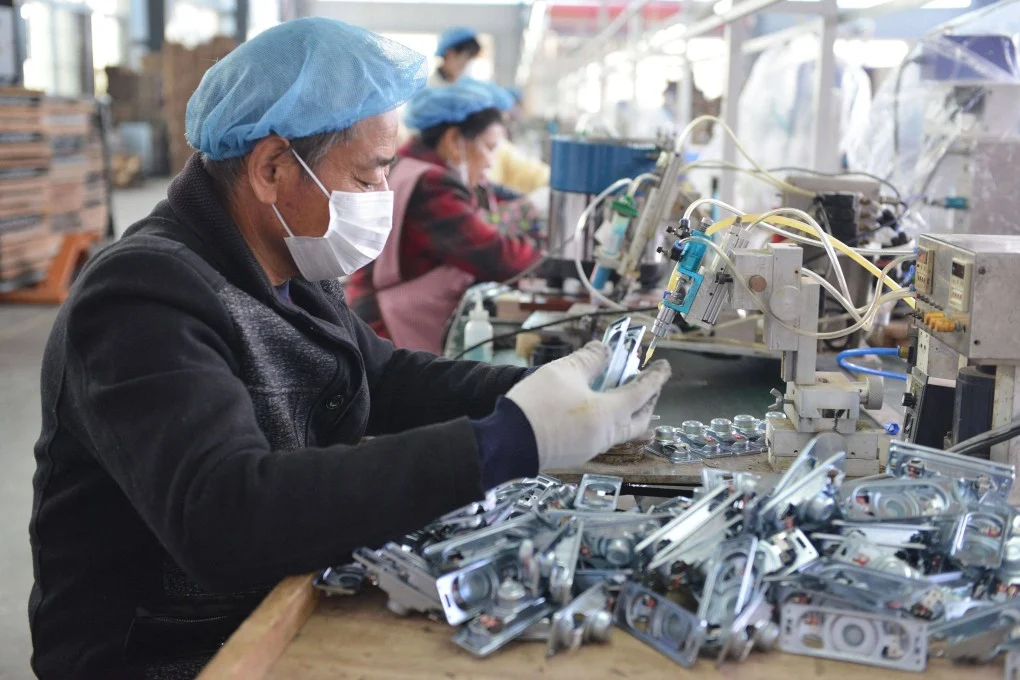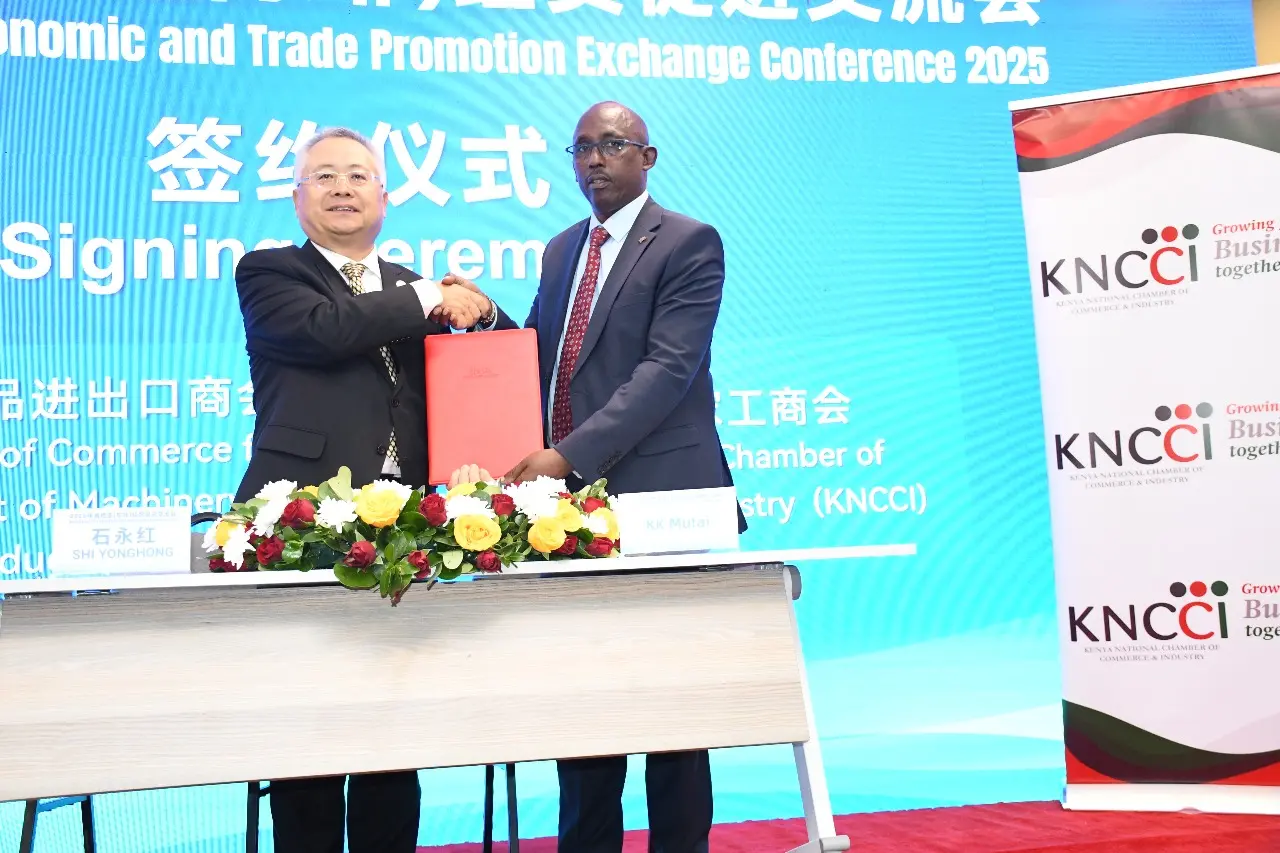China’s economic slowdown deepened in August with a raft of key indicators missing expectations, as weak domestic demand persisted and Beijing’s campaign against industrial overcapacity curbed output. The disappointing data released Monday by the National Bureau of Statistics underscores the mounting challenges facing the world’s second-largest economy as it struggles to reignite growth momentum.
One decision can change your entire career. Take that step with our Online courses in ACCA, HESI A2, ATI TEAS 7, HESI EXIT, NCLEX-RN, NCLEX-PN, and Financial Literacy. Join Serrari Ed and start building your brighter future today.
Key Economic Indicators Fall Short of Forecasts
Retail Sales Growth Stumbles
Retail sales rose 3.4% in August from a year earlier, data from the National Bureau of Statistics showed Monday, missing analysts’ estimates for 3.9% growth in a Reuters poll and slowing from July’s 3.7% growth. This marked a concerning deceleration in consumer spending, a critical driver of economic growth that Beijing has been trying to stimulate through various policy measures.
The weakness in retail sales was particularly pronounced when excluding automobile consumption, which still managed to grow 3.7% in August from a year earlier. Notably, consumption growth in rural areas outpaced that in urban centers, growing 4.6% in August from a year ago, suggesting a divergent pattern in spending across different regions.
Industrial Output Loses Steam
Industrial output growth slowed to 5.2% in August, compared to the 5.7% jump in July, marking its weakest level since August 2024, according to LSEG data. Economists had expected the data to be unchanged from the previous month, making the slowdown more disappointing than anticipated.
This deceleration reflects the ongoing impact of Beijing’s “anti-involution” policies designed to curb excessive competition and price wars that have been eroding corporate profits while doing little to boost actual demand. The government’s intensified efforts to rein in overcapacity across various industrial sectors has contributed to this production slowdown.
Investment Growth Plummets
Fixed-asset investment expanded just 0.5% on a year-to-date basis, a sharp slowdown from the 1.6% expansion in the January to July period, and undershooting economists’ forecasts for 1.4% growth. This represents one of the most concerning aspects of the latest data, as investment is crucial for long-term economic growth.
Within that segment, the contraction in real estate investment worsened significantly, slumping 12.9% in the first eight months, government data showed. Investment in the manufacturing and utilities sector — including electricity, fuel and water supplies — increased 5.1% and 18.8% from a year earlier, respectively, but this was insufficient to offset the broader weakness.
Property Sector Crisis Deepens Economic Woes
The ongoing property crisis continues to be a major drag on China’s economy. New residential property prices fell year-on-year during August in 65 out of 70 cities surveyed by the National Bureau of Statistics, highlighting the persistent weakness in what was once a key growth driver.
Evergrande Delisting Symbolizes Sector Collapse
The recent delisting of China Evergrande Group from the Hong Kong stock exchange marks a grim milestone for the nation’s property sector. Once China’s most indebted real estate developer, Evergrande’s collapse triggered a crisis that has spread throughout the sector since 2021.
Property sales have nearly halved since 2021 to around 9.7 trillion yuan ($1.34 trillion) last year, according to S&P Global Ratings. The sector’s contribution to China’s GDP has fallen from a peak of 24% in 2018 to about 19% in 2024, reflecting its diminished role in the economy.
Structural Changes in Housing Demand
Research indicates that China’s demographic demand for new urban housing has likely halved within a decade. Analysts calculate that annual demographic demand in urban China will average only 4.1 million housing units per year in 2025-2030, compared to 9.4 million units per year in the 2010s.
Deflation Concerns Mount
China’s consumer price index fell 0.4% from a year earlier in August, more than expected and worse than economists’ forecasts for a 0.2% decline. This marks a return to deflationary territory after July’s flat reading, highlighting persistent weakness in domestic demand.
Producer Price Deflation Continues
The producer price index dropped 2.9% in August from a year ago, remaining in negative territory for the 35th straight month. While this represents a modest improvement from July’s 3.6% decline, the persistence of producer price deflation reflects deeper structural issues in China’s economy.
The deflation in producer prices has been particularly severe in specific sectors. Factory-gate prices for coal mining and oil and gas extraction firms saw the biggest drops, plunging 18.2% and 17.3%, respectively, from a year ago.
The “Involution” Problem
China is grappling with what economists describe as “involution” – a race-to-the-bottom competition across various sectors. From electric vehicles and solar panels to food delivery services, excess capacity has led to cutthroat price competition that erodes profitability without significantly boosting demand.
The Chinese government has stepped in with warnings and revised regulations to control pricing, recognizing that unchecked deflation could become entrenched and create a vicious cycle of reduced spending and further price declines.
Build the future you deserve. Get started with our top-tier Online courses: ACCA, HESI A2, ATI TEAS 7, HESI EXIT, NCLEX-RN, NCLEX-PN, and Financial Literacy. Let Serrari Ed guide your path to success. Enroll today.
Labor Market Pressures Intensify
China’s survey-based urban unemployment rate in August came in at 5.3%, edging higher from 5.2% in the prior month. The statistics bureau attributed the rise in the jobless rate to the graduation season, but underlying labor market conditions remain challenging.
Youth unemployment has been particularly problematic, with the unemployment rate for those aged between 16 and 24, excluding college students, remaining above 14% for a year. This persistent high youth unemployment reflects broader structural challenges in China’s economy and contributes to weak consumer confidence.
Trade Tensions Add External Pressures
Trade tensions between China and the United States have been on a rollercoaster ride in 2025, with both sides imposing escalating tariffs on each other. These external pressures compound domestic economic challenges and create additional uncertainty for businesses and consumers.
The ongoing trade disputes have affected key export sectors, with steep U.S. trade tariffs still affecting nearly 50% of key Chinese goods. Waning demand in major export markets such as Japan and Europe has also contributed to the industrial output slowdown.
Government Response and Policy Outlook
NBS spokesperson Fu Linghui acknowledged the challenging environment during a press conference Monday, stating: “We should be aware that there are many unstable and uncertain factors in (the) external environment, and national economic development is still confronted with multiple risks and challenges.”
Limited Stimulus Expectations
Despite the weak data, analysts expect Beijing’s fiscal policy to turn “more supportive on the margin,” but a large stimulus package remains unlikely unless Beijing sees the economy in danger of missing its 5% growth target for 2025.
The government appears less pressured to step up spending given the solid growth achieved in the first half of the year. However, the deteriorating trend in August data may force policymakers to reconsider their cautious approach.
Anti-Involution Measures
Beijing has intensified its “anti-involution” campaign, targeting excessive competition and price wars among manufacturers. While this policy aims to improve corporate profitability and reduce deflationary pressures, it has also contributed to the short-term slowdown in industrial output.
Fu Linghui pointed to support from these policies that would eventually spill over to consumer prices, though the timeline for such effects remains uncertain.
Market and Expert Reactions
The mainland’s CSI 300 index advanced nearly 1% after the release of China’s economic data, suggesting that markets had already priced in much of the weakness. “The slowdown is not a surprise to the markets,” said Zhiwei Zhang, president and chief economist at Pinpoint Asset Management, noting that investors had already expected growth to weaken in the third quarter.
Sectoral Performance Varies
Despite overall weakness, some categories showed resilience. Sales of gold, silver and jewelry grew 16.8% in August from a year earlier, while sales of sports and entertainment products rose 16.9%, and furniture sales increased 18.6% from a year ago. These bright spots suggest that certain consumer segments remain active despite broader economic headwinds.
Service consumption gained momentum, led by travel, leisure and transport, signaling a gradual shift in spending toward services rather than goods. This trend could provide some support for the economy as it transitions away from its traditional manufacturing-heavy model.
Looking Ahead: Challenges and Opportunities
The August data reinforces concerns about China’s economic trajectory and the effectiveness of current policy measures. Goldman Sachs economist Lisheng Wang expects consumption growth to slow “more meaningfully” from September due to “unfavorable base effects,” stressing that “incremental and targeted easing” is necessary in the coming quarters.
Structural Transformation Required
The persistent economic challenges highlight the need for structural reforms rather than just cyclical policy adjustments. China’s economy must transition from its investment and export-driven model to one more reliant on domestic consumption and services.
The property sector crisis, while painful, may ultimately force this necessary transition. However, the adjustment process is proving longer and more difficult than many policymakers anticipated.
Global Implications
China’s economic weakness has global implications, given its role as the world’s second-largest economy and a major trading partner for countries worldwide. The persistence of deflationary pressures in China could contribute to global disinflationary trends, affecting monetary policy decisions in other major economies.
Conclusion
China’s August economic data paints a picture of an economy struggling with multiple headwinds, from a property sector crisis to persistent deflation and weak domestic demand. While some sectors show resilience and the government maintains its growth target, the breadth and persistence of economic weakness suggest that more decisive policy action may be needed to restore sustainable growth momentum.
The challenge for Chinese policymakers is to balance the need for short-term stimulus with longer-term structural reforms. As the economy navigates this difficult transition period, continued monitoring of key indicators will be crucial for understanding whether China can achieve its growth objectives while addressing its underlying economic imbalances.
Ready to take your career to the next level? Join our Online courses: ACCA, HESI A2, ATI TEAS 7 , HESI EXIT , NCLEX – RN and NCLEX – PN, Financial Literacy!🌟 Dive into a world of opportunities and empower yourself for success. Explore more at Serrari Ed and start your exciting journey today! ✨
Track GDP, Inflation and Central Bank rates for top African markets with Serrari’s comparator tool.
See today’s Treasury bonds and Money market funds movement across financial service providers in Kenya, using Serrari’s comparator tools.
Photo source: Google
By: Montel Kamau
Serrari Financial Analyst
15th September, 2025
Article, Financial and News Disclaimer
The Value of a Financial Advisor
While this article offers valuable insights, it is essential to recognize that personal finance can be highly complex and unique to each individual. A financial advisor provides professional expertise and personalized guidance to help you make well-informed decisions tailored to your specific circumstances and goals.
Beyond offering knowledge, a financial advisor serves as a trusted partner to help you stay disciplined, avoid common pitfalls, and remain focused on your long-term objectives. Their perspective and experience can complement your own efforts, enhancing your financial well-being and ensuring a more confident approach to managing your finances.
Disclaimer: This article is for informational purposes only and does not constitute financial advice. Readers are encouraged to consult a licensed financial advisor to obtain guidance specific to their financial situation.
Article and News Disclaimer
The information provided on www.serrarigroup.com is for general informational purposes only. While we strive to keep the information up to date and accurate, we make no representations or warranties of any kind, express or implied, about the completeness, accuracy, reliability, suitability, or availability with respect to the website or the information, products, services, or related graphics contained on the website for any purpose. Any reliance you place on such information is therefore strictly at your own risk.
www.serrarigroup.com is not responsible for any errors or omissions, or for the results obtained from the use of this information. All information on the website is provided on an as-is basis, with no guarantee of completeness, accuracy, timeliness, or of the results obtained from the use of this information, and without warranty of any kind, express or implied, including but not limited to warranties of performance, merchantability, and fitness for a particular purpose.
In no event will www.serrarigroup.com be liable to you or anyone else for any decision made or action taken in reliance on the information provided on the website or for any consequential, special, or similar damages, even if advised of the possibility of such damages.
The articles, news, and information presented on www.serrarigroup.com reflect the opinions of the respective authors and contributors and do not necessarily represent the views of the website or its management. Any views or opinions expressed are solely those of the individual authors and do not represent the website's views or opinions as a whole.
The content on www.serrarigroup.com may include links to external websites, which are provided for convenience and informational purposes only. We have no control over the nature, content, and availability of those sites. The inclusion of any links does not necessarily imply a recommendation or endorsement of the views expressed within them.
Every effort is made to keep the website up and running smoothly. However, www.serrarigroup.com takes no responsibility for, and will not be liable for, the website being temporarily unavailable due to technical issues beyond our control.
Please note that laws, regulations, and information can change rapidly, and we advise you to conduct further research and seek professional advice when necessary.
By using www.serrarigroup.com, you agree to this disclaimer and its terms. If you do not agree with this disclaimer, please do not use the website.
www.serrarigroup.com, reserves the right to update, modify, or remove any part of this disclaimer without prior notice. It is your responsibility to review this disclaimer periodically for changes.
Serrari Group 2025




